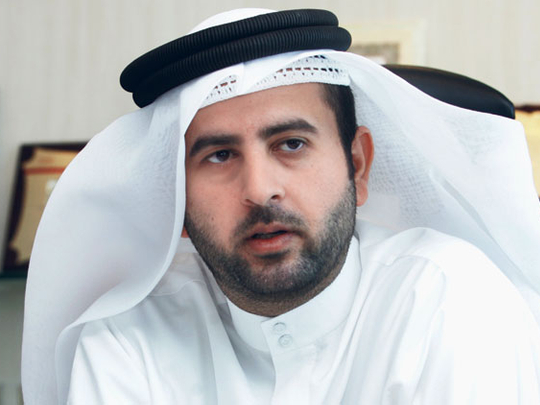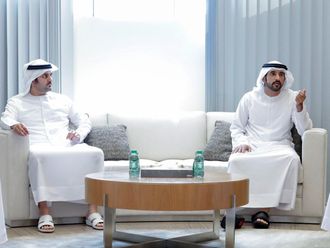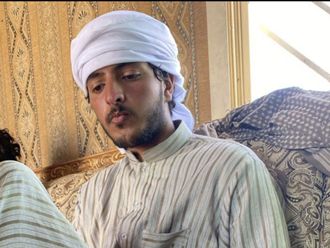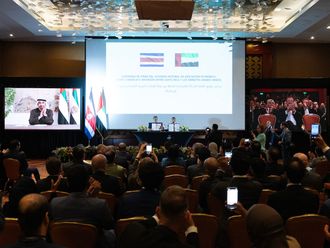
Dubai : He drives a car, but he also uses staff transport to get to work, rides the 13A bus when he visits Deira Gold Souk from his office in Muhaisnah and travels by Metro with his two children.
Like the organisation he works for, Mohammad Abu Bakr Al Hashemi, Director of Transport Studies and Planning at the Department of the Public Transport Agency (PTA) at Roads and Transport Authority (RTA), believes use of public transport can be sustainable only if people have a choice and it is judiciously exercised - not if it is enforced. Excerpts from an interview:
What are RTA's strategic goals for public transport?
We want to see an integrated Dubai where modes of public transport connect residential, commercial and industrial areas. We want to make public transport more people-friendly.
In 2005, two per cent of the population used public transport. Today, the figure is 12 per cent. Our target is to achieve 30 per cent by 2020.
Who uses public transport?
Asians comprise 82 per cent of the users, Emiratis comprise 0.2 per cent while other nationalities make up the rest. Sixty-five per cent comprise those with a monthly income of Dh2,000-Dh6,000. Those earning above Dh8,000 add up to three per cent.
Are you happy with the numbers?
We need to create a culture where people believe services are reliable, punctual and convenient. Our buses have achieved a punctuality of 70 per cent with a 100 per cent coverage of the Central Business District areas and 75 per cent of the urban areas.
But there are complaints that Metro and feeder buses are too crowded during peak hours?
I can speak for the PTA. We have 100 buses along 29 routes. Capacity is added when the existing load factor reaches 40 per cent. Any new route or service takes three-six months to stabilise. We conduct surveys to gauge demand and introduce additional buses or routes.
But people say they have to wait long for feeder buses?
During peak hours, feeder buses operate every 10-15 minutes and every five minutes on some routes (Burj Khalifa). The frequency is between 30-45 minutes during off-peak hours due to low demand.
One of your goals is also to see a shift from cars to public transport. What steps are you taking to limit cars on the roads?
This is still under study. The balance between public and private transport is a challenge. We are using a lot of tools to encourage people to use public transport. But ultimately, it is a personal choice.
Are deterrents to own and use cars an option? Will Dubai go the Singapore way in this regard?
Every country has its own policies depending on its characteristics like land distribution etc. Singapore is a public transport city. Here, we believe in giving people a choice. Enforcement may not work.
Why is that so?
Because it will not be sustainable.
But surely, there would be fewer road accidents? Do you have any statistics on accidents involving public and private transport?
You will have to ask the police. But I can tell you there have been no fatalities of occupants in public transport so far. Our accident rate for buses is 0.75 per 100,000km which is less than the global benchmark of 1.
How does revenue generation fit in with your goals?
RTA is a public servant entity providing a service to the people. Nowhere in the world does public transport generate revenue.
We carry around 300,000 passengers per day at an average fare of Dh2.20. Sixty per cent of our operational costs is borne by us. The rest is subsidised.
What about other agencies in the RTA which collect fines, Salik, parking tickets etc?
Let's talk about the PTA. All seven agencies work parallel with the same common goal to ensure safe and smooth transport for all.












